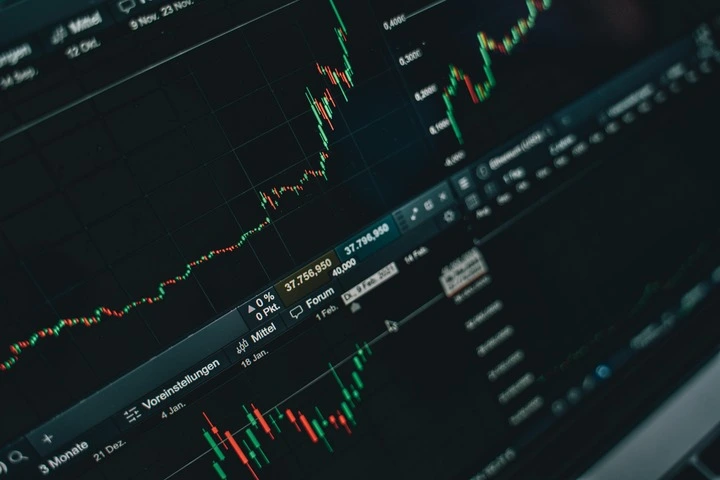Europe’s economy displayed a glimmer of hope as it recorded a 0.3% growth in the first quarter of the year, signaling a slight improvement over the preceding months. The growth comes as welcome news amidst concerns over inflation and energy woes that have plagued the continent.
According to official figures released by the European Union’s statistical agency Eurostat, the 20-country eurozone saw its strongest performance since the third quarter of 2022, bouncing back from a shrinkage of 0.1% in each of the last two quarters of 2023.
High inflation and soaring energy prices, exacerbated by Russia’s reduction in natural gas supplies, had weighed heavily on the economy. However, recent months have seen a relief as energy prices declined and inflation dropped to 2.4% in April.
Despite these positive developments, record high interest rates set by the European Central Bank to combat inflation have posed challenges by increasing the cost of credit for businesses and consumers. Speculation is rife that the ECB might lower its benchmark rate from the current 4% in June, as inflation inches closer to the 2% target.
Germany, the largest economy in Europe, saw a modest growth of 0.2% in the first quarter, a welcome change after a 0.5% contraction at the end of 2023. However, concerns remain over long-standing structural issues such as bureaucracy, skill shortages, and inadequate infrastructure and technology.
France, the second-largest eurozone economy, recorded a growth of 0.2%, while Spain showed resilience with a growth rate of 0.7%. Notably, Ireland contributed significantly to the overall eurozone figure with a remarkable 1.1% gain, largely driven by its multinational corporations.
Despite these positive signs, challenges persist, and the pace of recovery remains uncertain. However, the modest growth in the first quarter provides a ray of hope for Europe’s economic future.

